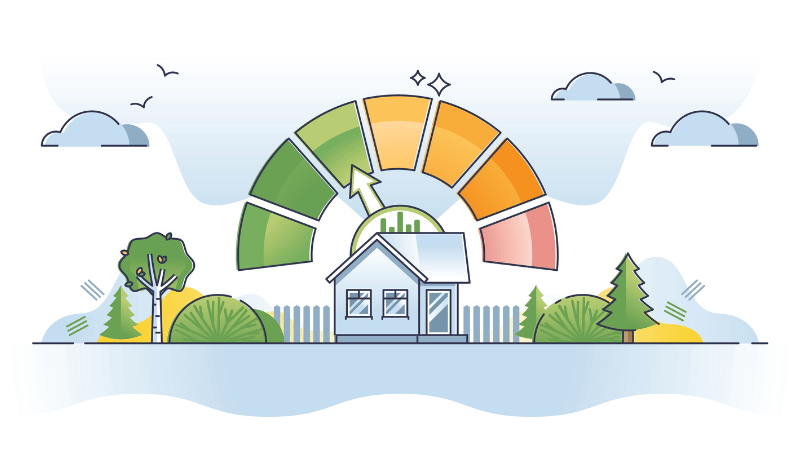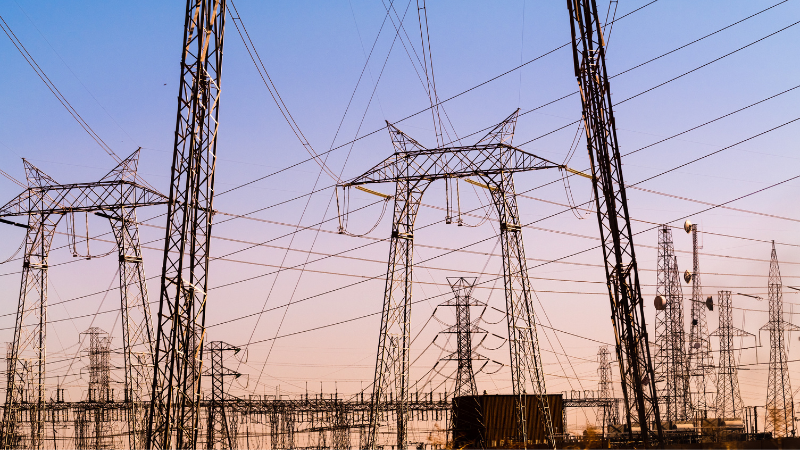Everything talks about smart and renewable energy, but Is smart energy cheaper?
In today's technologically driven world, energy consumption is critical in our daily lives. As we strive to develop sustainable and efficient energy solutions, the concept of 'smart energy' has emerged as a game-changer.
Smart energy is a system that uses digital technology to monitor, analyze, and control energy flow, optimizing its use, reducing waste, and promoting energy efficiency.
This article will delve into smart energy's intricate aspects, from understanding its core concepts to its cost elements. It will contrast smart energy with traditional energy systems, focusing on the cost-effectiveness of each.
The environmental and societal benefits, potential savings, and financial incentives associated with smart energy will also be explored. Lastly, we'll address the potential barriers to adopting smart energy and provide an overview of strategies to make it more affordable.
Understanding Smart Energy

Smart energy refers to the intelligent integration of renewable energy sources, efficient distribution, and smart meters to manage and control the production and consumption of energy effectively.
Examples include smart grids that adjust to changes in energy supply and demand, smart homes equipped with energy-efficient appliances and lighting, and electric vehicles that can be charged during off-peak hours to reduce electricity costs and strain on the grid.
Trends in Smart Energy Technology
Over the years, advancements in technology have significantly propelled the evolution of smart energy. What started with simple initiatives like energy-efficient light bulbs has evolved into complex systems involving smart meters, energy storage solutions, and demand response programs.
Some of the latest trends in smart energy include the Internet of Things (IoT) enabled appliances, Artificial Intelligence (AI) for predicting energy consumption patterns, and blockchain technology for energy trading and grid management. Adopting these technologies paves the way toward a more sustainable and efficient energy future.
The Cost Elements of Smart Energy

Adopting smart energy technologies often involves a significant initial investment. These costs can include the purchase of energy-efficient appliances, installation of smart meters, and in some cases, retrofitting of existing infrastructure. For instance, solar panels and wind turbines, key components of many smart energy systems, require substantial upfront costs.
Long-Term Maintenance and Operational Costs
While the setup costs for smart energy systems can be high, the operational costs are typically lower than traditional energy sources. For instance, maintenance costs for solar panels and wind turbines are relatively low, and energy savings over time can help offset the initial investment. Similarly, smart appliances and systems often have lower energy consumption, translating into lower utility bills.
Explanation of Potential Hidden Costs or Savings
There may be additional costs or savings associated with smart energy that are not immediately obvious. For example, government incentives, tax breaks, and subsidies can significantly reduce the net cost of adopting smart energy technologies.
On the other hand, hidden costs may be, such as fees associated with connecting to the grid or expenses related to replacing outdated infrastructure. It's important to consider all these factors when calculating the total cost of smart energy.
Comparison of Smart Energy with Traditional Energy Systems

While traditional energy systems typically have lower initial costs, their operational costs can be high due to inefficiencies and waste. In contrast, despite a higher upfront investment, smart energy systems tend to offer lower ongoing costs due to their inherent efficiency and the use of renewable energy sources.
Cost Benefits Related to Efficiency and Waste Reduction in Smart Energy Systems
Smart energy systems often provide cost savings through improved efficiency and waste reduction. Smart meters and appliances, for instance, allow for real-time monitoring and management of energy use, reducing unnecessary consumption. Renewable energy sources, such as solar or wind, eliminate fuel costs associated with traditional energy systems.
Several case studies highlight the cost-effectiveness of smart energy. For instance, homes and businesses equipped with solar panels often generate enough energy to sell the surplus back to the grid, offsetting their electricity costs. Similarly, smart homes with energy-efficient appliances and lighting can significantly reduce energy bills compared to homes with traditional systems.
The Financial Benefits of Smart Energy
Smart energy systems are designed to optimize energy use, leading to significant savings on electricity bills. With smart meters, households can monitor and manage their energy consumption more effectively.
Moreover, renewable energy sources like solar panels can generate electricity, reducing the need for grid-supplied power.
Government Incentives and Subsidies for Smart Energy Adoption
Many governments offer incentives and subsidies to promote the adoption of smart energy technologies. These can take various forms, such as tax credits, rebates, grants, or low-interest loans, which can significantly offset the upfront costs.
It's essential to research available incentives in your region when considering smart energy.
Impact of Smart Energy on Property Values
Smart energy installations can potentially increase property values. A U.S. Department of Energy’s Lawrence Berkeley Laboratory study found that homes with solar panels sold for a premium over comparable homes without solar systems.
This increase in property value can be another financial benefit of transitioning to smart energy.
The Environmental and Cost Benefits of Smart Energy

Smart energy systems, especially those utilizing renewable sources like solar or wind, significantly reduce greenhouse gas emissions, contributing to the fight against climate change. Lower emissions lead to cleaner air, reducing the societal costs related to pollution-induced health issues.
Societal Cost Savings Due to Less Pollution and Improved Public Health
The reduced pollution from smart energy systems can result in substantial societal savings. Fewer emissions mean fewer health problems like respiratory or cardiovascular diseases, leading to lower healthcare costs. Moreover, clean energy jobs can stimulate local economies and promote social equity.
The Role of Smart Energy in Fighting Climate Change and Its Potential Long-Term Cost Savings
The transition to smart energy is a key component of efforts to mitigate climate change. By reducing our carbon footprint, we can limit global warming and its associated costs, such as extreme weather events, rising sea levels, and damage to agriculture. These long-term cost savings can be immense and further highlight the cost-effectiveness of smart energy.
Overcoming the Cost Barriers to Smart Energy Adoption

To make smart energy systems more affordable, consumers can leverage various strategies. One common approach is taking advantage of government incentives and subsidies. Additionally, leasing options are available for equipment like solar panels, reducing the need for upfront capital.
Overview of Financing and Leasing Options
Financing options like loans and power purchase agreements (PPAs) can help spread the cost of smart energy systems over several years, making them more accessible. Leasing options for solar panels and other equipment allow users to benefit from the technology without needing a large initial investment.
Future Trends in Cost Reduction for Smart Energy Technologies
As technologies advance and economies of scale improve, the cost of smart energy systems is expected to continue decreasing. Innovations in energy storage, AI, and IoT will likely enhance these systems' cost-effectiveness further. Moreover, as societal awareness of climate change increases, demand for smart energy solutions will grow, further driving down costs through market competition.
Conclusion: Is Smart Energy Cheaper?
We've covered various facets of smart energy, including its initial and operational costs, financial and societal benefits, and strategies to make it more affordable. While the upfront costs of smart energy systems can be significant, their operational costs are typically lower.
When factoring in the government incentives, the potential increase in property values, and long-term environmental and societal benefits, it becomes apparent that smart energy can be cost-effective.
So, is smart energy cheaper? The answer depends on several factors, including the specific technology, geographical location, and available incentives. However, when considering the long-term savings and the wider societal and environmental benefits, smart energy represents a wise and often more economical investment than traditional energy systems.
As we move towards a future where sustainability is paramount, smart energy is not only a financially sound choice but also a necessary one for our planet's health.
Is it worth going solar in Utah?
Yes, switching to smart energy is generally considered worth it for several reasons. First, smart energy systems often lead to significant savings on energy bills in the long term due to their increased efficiency and use of renewable energy sources.
Second, many governments offer incentives and subsidies that can offset the initial costs of setting up these systems. Third, smart energy technologies can contribute to an increase in property values. Lastly, adopting smart energy systems helps to reduce greenhouse gas emissions, contributing to environmental conservation and combating climate change.


